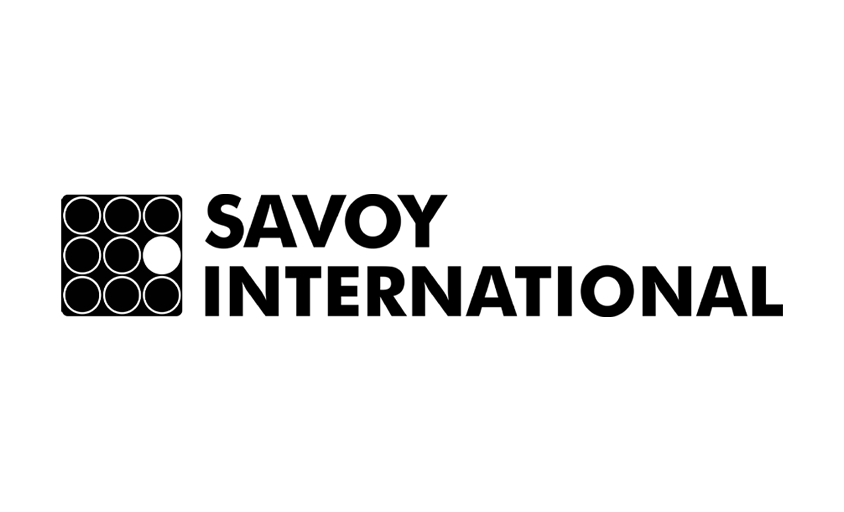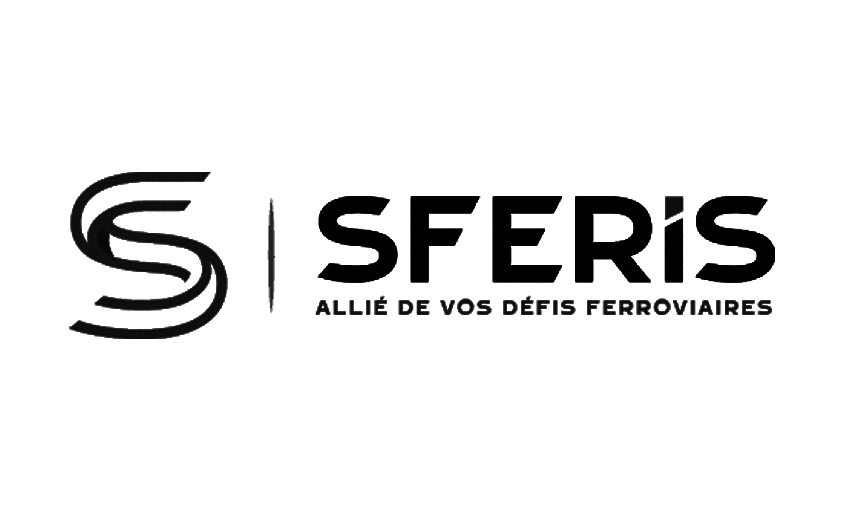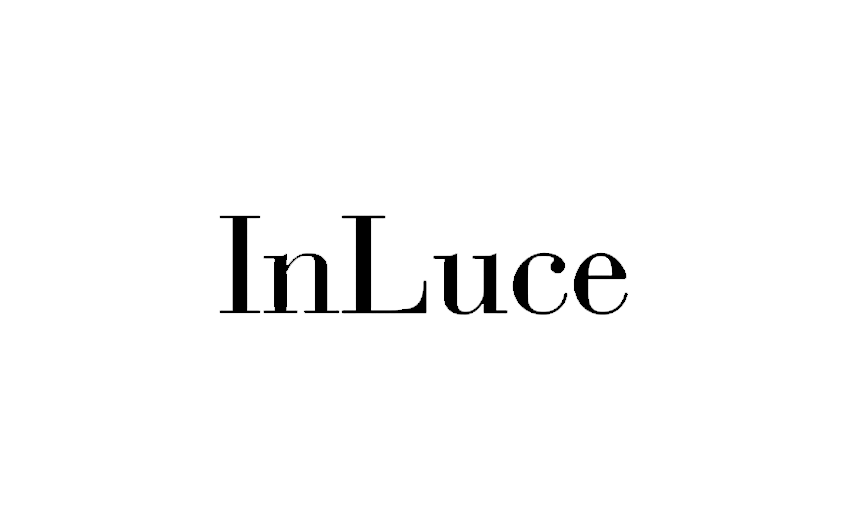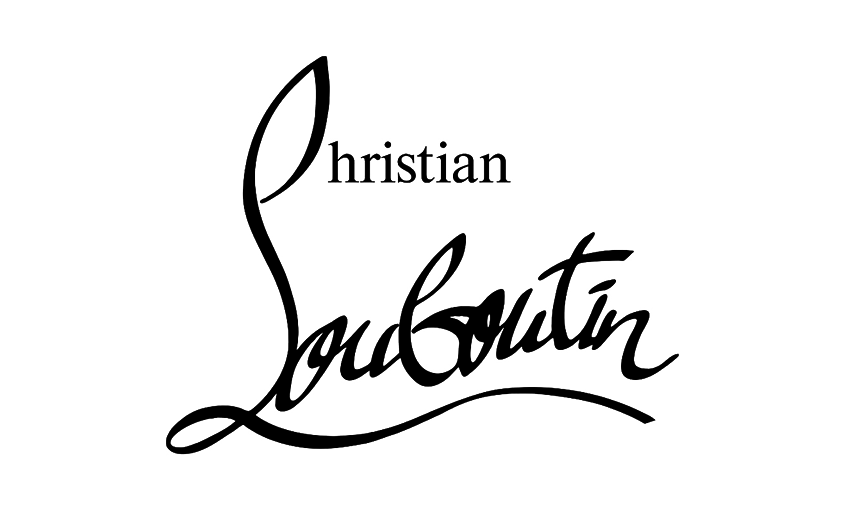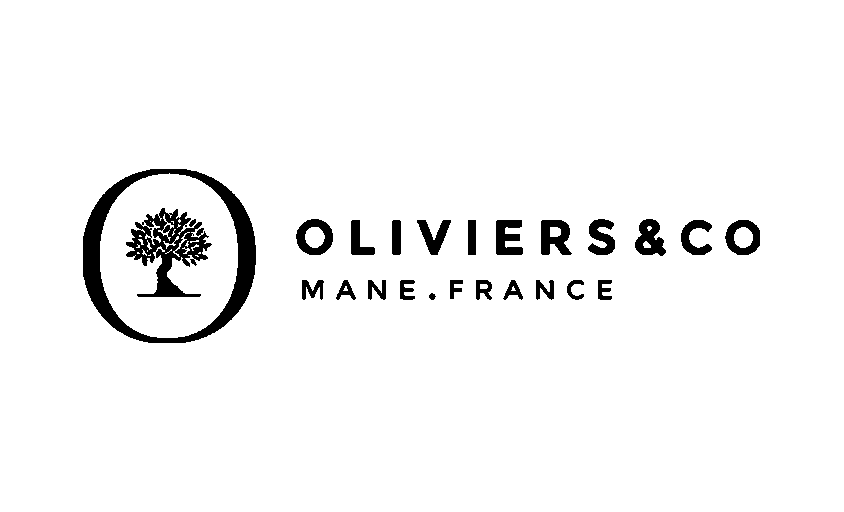Interior Architectural Photography
In this article :
Enhancing an interior through photography is much more than capturing a space in an image. Every room tells a story, every line guides the eye, and every light source shapes the atmosphere. Interior architectural photography is an exercise in precision, where volumes, perspectives, and textures must be faithfully rendered. Whether it is a private residence, a coworking space, or a luxury hotel, the goal remains the same: to reveal the architect’s vision and the uniqueness of the space.
Why Photograph an Interior?
Interior architectural photography serves various purposes beyond real estate. Real estate agencies use it to showcase their properties and attract potential buyers. Architects and interior designers rely on these visuals to highlight their expertise and document their projects. Hotels and restaurants make it an essential communication tool, creating a visual identity that reflects their atmosphere and attracts visitors. Even in the corporate sector and office spaces, these images are part of a branding strategy, showcasing inspiring and well-designed workspaces. Each shot tells a story and shapes the perception of a space.
Balancing Perspective and Highlighting Volumes
Interiors are designed to be lived in but not always to be photographed. In this exercise, the photographer must relearn how to read the space in three dimensions to convey its depth in a static image.
A common mistake is flattening volumes by photographing an interior from too high a position. A good starting point is around 1.2 to 1.5 meters from the ground, matching human eye level and avoiding excessive distortions.
The orientation of the frame also plays a key role. Placing leading lines naturally, aligning architectural elements, and avoiding optical distortions help anchor the perspective and prevent an unbalanced look. Specialized lenses like Tilt-Shiftare specifically designed to correct converging lines and verticals without relying on post-production.
Lighting
Unlike a studio where each light source can be controlled, an interior imposes its own conditions. Large windows, skylights, or, conversely, dark corners all contribute to the space’s identity.
The best approach is to work with existing light rather than replacing it artificially. A room bathed in natural light in the early morning will look entirely different from one shot in the middle of the day. In the late afternoon, the light takes on a warmer tone, and shadows soften, bringing a more intimate character to the image.
When natural light is insufficient, it is better to use indirect light sources rather than a direct flash, which would flatten contrasts. Ambient lamps, wall sconces, or neon lights integrated into furniture can be used to provide a more natural reading of the space. However, it is essential to be mindful of color casts, a mix of cool and warm light can unbalance the overall scene.
Varying Perspectives to Create Rhythm
An interior cannot be fully captured in a single image. A cohesive series should alternate between wide shots and close-ups, highlighting the overall space and the refinement of details.
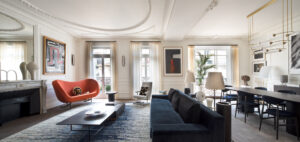
A wide shot helps establish the environment and provides an immediate understanding of the space’s volumes. Ideally, position yourself at a strategic angle to capture as many elements as possible without making the image feel cluttered.
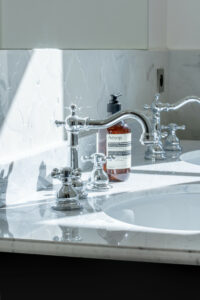
Close-up shots focus on textures, the play of light on surfaces, or the combination of materials. A hand resting on a velvet armrest, light grazing an oak floor, or a play of transparency between glass and metal, these fragments of space offer a more intimate view of the location.
Composing with Architecture and Furniture
Every architectural project is designed with a specific visual intent. Some spaces emphasize clean lines, while others highlight a mix of materials and colors. The photographer must find the angle that best reflects this identity.
The leading lines of a space are an excellent way to guide the viewer’s eye through the image. A dining table can subtly lead toward a window in the background, while a hallway can structure the composition, creating a sense of depth.
Furniture also plays a central role in showcasing an interior. It should neither hide the volumes nor be completely erased. A slightly offset sofa can create a focal point, while a partially open door can suggest a transition to another room.
Colors and Textures
Interior architecture often relies on a meticulous composition of materials and colors. Each texture interacts with light in a unique way, and photography must accurately capture this richness.
A raw concrete wall requires lighting that highlights its roughness and shadows. A varnished wood finish, on the other hand, will diffuse light and reflect warmer tones. The final result should never be too smooth, as it would lose all authenticity.
In post-production, it is essential to maintain the location’s color balance. Artificial oversaturation could alter the perception of materials and give the image an overly digital look. Similarly, it is crucial to ensure that the colors remain true to the actual shades of the furniture and walls.
Preparing the Space
Even before pressing the shutter, it is often necessary to readjust certain elements in the room to achieve an optimal result.
- Declutter the space: Too many unnecessary objects can distract the viewer.
- Reposition certain elements: A misaligned chair or an improperly placed rug can unbalance the image.
- Check for reflections: Glass surfaces or mirrors can capture unwanted elements, such as the reflection of the photographer.
Sometimes, a simple adjustment is enough to transform an ordinary composition into a striking image.
Post-Production
Retouching in interior architectural photography should not distort reality. Its goal is to enhance light balance, refine contrasts, and adjust color grading without giving an artificial appearance.
One of the essential steps is correcting verticals. Even with a professional lens, some lines may slightly converge. A simple adjustment in post-production ensures perfect balance.
Finally, exposure blending (HDR) can be useful for managing light differences between the interior and exterior, such as when a large bay window reveals a very bright landscape.
Conclusion
Interior architectural photography is a delicate blend of technique, composition, and emotion. Each space has its own language, and the photographer’s goal is to capture it with precision and sensitivity. At Rétines, we are dedicated to showcasing each interior architecture project while respecting its identity and enhancing its ambiance. Discover our work and our approach to architectural photography.
Jérémy Carlo is the editorial director at Rétines, where he ensures the consistency and clarity of all content produced by the studio.
Our Clients
Let’s discuss
What we do for you at Rétines
Meticulous work, an organised project and fast delivery. And to achieve this, we mobilise the right resources in our teams at the right time.
01
Pre-production
Artistic and technical direction tailored to the project.
Relevant recommendations on content, form and resources.
02
Photo Shooting
Photos taken by our experienced photographers.
Production that’s controlled, efficient and tailored to the needs of the project, with nothing superfluous.
03
Retouching
Technique
Photographs magnified by our retouching team.
Post-production to meet the commercial challenges of the brief.

